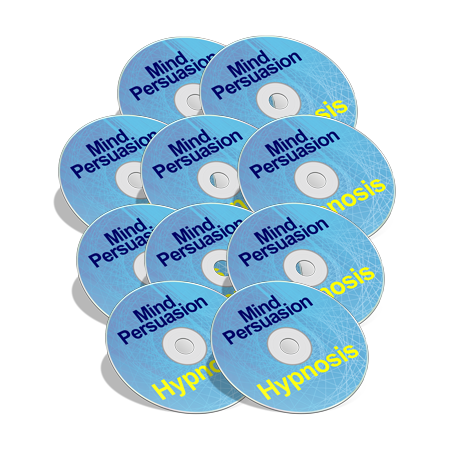Pure Randomness
I used to have this neighbor that was quite eccentric. She had all these different hats that she would wear for all different kinds of occasions. I don’t think I ever saw her wear the same hat twice. I never saw the inside of her apartment, but I suspect that it was filled with hats. Personally, I don’t think I’ve ever bought hat before. Maybe a couple baseball hats, and some ski hats for skiing, hiking, and robbing banks, but those don’t really count.
These were hardcore, fashion-oriented hats. The kind that you would see on some French aristocrat at a horserace. Assuming of course that French aristocrats have horses races. I’m not sure that they do, but it would seem logical. I never really thought about the psychology of hats until I lived next door to this lady. I never saw any kids or grandkids, so I assumed she lived alone.
I remember reading an essay once that destroyed the urban legend and often repeated myth that Americans stopped wearing hats when JFK was president. The common belief is that before he was president, everybody wore hats. Then when he, as president, went everywhere without a hat, the trend quickly caught on.
The truth of the matter, however, is far less interesting. Hats, gloves, other clothing items that are purely ornamental had been falling out of fashion steadily since the turn of the century. Hats were just another example of this. When Kennedy was not wearing his hat, he was just one example of the growing trend of hatless men.
Of course, the human brain comes pre wired to find cause effect relationships. Something like suddenly noticing people aren’t wearing hats, and then noticing a prominent figure like JFK isn’t wearing one, the easiest conclusion is that one thing caused the other. More often than not, they are merely related, and some other factor is causing them both.
Now I’m not particularly qualified nor well read enough to comment on the reason for the decline in hats, gloves etc. There are several theories, some make sense, and some don’t, depending on your social philosophy. Whatever that means.
They’ve done some pretty interesting experiments to study the brains propensity to find cause and effect relationships between random objects. They show random objects moving around on a computer screen to a baby, and the baby quickly assumes that one “shape” is chasing the other. They suspect this because they show one shape moving around by itself, and then stop it. They babies interest doesn’t change much. One object stopping and starting by itself is no big deal.
But then they show two objects moving around, and pretty soon the baby assumes there is a cause/effect relationship between the two objects. They stop one of the objects from moving, and the baby gets confused and looks back and forth between the stopped object and the moving object as if something is wrong. Why did one stop and the other didn’t? They suppose that if there weren’t any assumed cause/effect relationship between the shapes, then the reaction of two moving objects with one stopping would be the same as one moving object and then stopping. It isn’t.
One explanation for this is that back in the old days, when daily living was a life and death struggle against the environment, humans didn’t have time to sit around and do double blind studies every time they saw a tiger coming at them.
The cause/effect relationship was simple:
Tiger = Danger
Those who needed to learn that every time didn’t live long enough to pass on the need to scrutinize every decision. Those that had the capability to make snap cause/effect judgments on the world around them lived long enough to reproduce.
So here we are, thousands of years later, with that circuitry still firmly wired into our brains. We see two events, and immediately come to the conclusion that one is causing the other, or one has an impact on the other.
In the book “Fooled By Randomness,” by Taleb, he shows how often completely random events with no statistical causal relationships are often mistaken to be linked somehow.
In the book “Mind Lines,” Dr. Hall illustrates how we have a capacity to witness or experience an event, and quickly give it meaning. That event causes this, or this event means that. We then react not to the event itself, but the meaning we give it. In the language of NLP, that’s called a complex equivalent. Something that we think is a simple cause/effect relationship, but in reality has several layers of subconscious thought and judgment between the event (the cause) and the perceived outcome (the effect).
So what does this all mean? Just be careful when you assume any cause/effect relationship. We live in big cities now, and we don’t have to hunt for our food anymore. It’s ok to take a few moments to use your brain to make a decision, instead of reacting right away.
And if you bump into some lady that is wearing a different hat every time you see her, tell her I want my can opener back.
